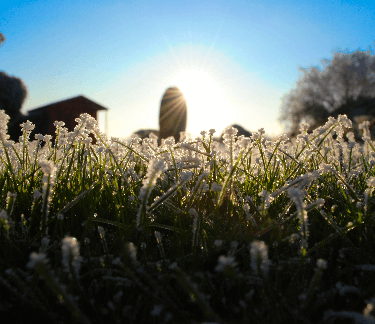Lawn watering: It’s arguably the most basic — and yet, most important — aspect of proper lawn maintenance. Like everything else on the planet, grass needs water to survive and flourish. But how much water it needs, and when, isn’t always that cut-and-dry. Some types of grass require lots of water; others need less. Local climate conditions can also affect how frequently you need to water your lawn. Needless to say, it’s a lot to consider.
However, having a proper watering schedule is essential if you want to get the most out of your lawn. That’s where TruGreen® comes in. Ahead, we’ll break down everything you need to know about watering grass, detailing how much water different types of grass need, and offering tips on the best time to water your lawn in different seasons. Plus, we’ll share a few of our tried-and-true tips for watering your lawn without needlessly wasting water. Find it all in this A to Z lawn watering guide.


 Branch Finder
Branch Finder














Facebook
X
Instagram
Youtube
Copy Link
Email